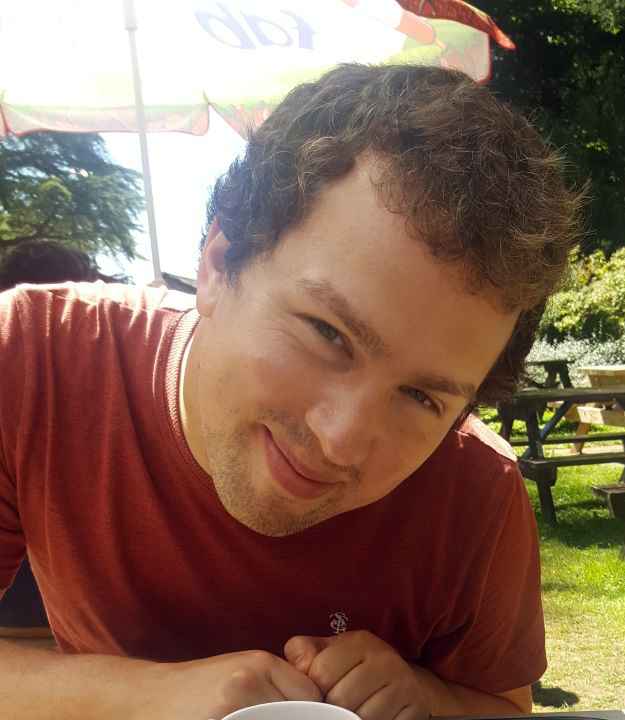Tom Richardson is senior research associate in genetic and epigenetic epidemiology at Bristol Medical School: Population Health Sciences, University of Bristol.

Tom Richardson
Research fellow
University of Bristol
From this contributor
Genetic risk ‘scores’ may help forecast autism diagnosis
A count of genetic variants may help predict a person’s risk of various conditions — but its clinical use prompts ethical questions.

Genetic risk ‘scores’ may help forecast autism diagnosis
Explore more from The Transmitter
Waves of calcium activity dictate eye structure in flies
Synchronized signals in non-neuronal retinal cells draw the tiny compartments of a fruit fly’s compound eye into alignment during pupal development.
Waves of calcium activity dictate eye structure in flies
Synchronized signals in non-neuronal retinal cells draw the tiny compartments of a fruit fly’s compound eye into alignment during pupal development.
Among brain changes studied in autism, spotlight shifts to subcortex
The striatum and thalamus are more likely than the cerebral cortex to express autism variants or bear transcriptional changes, two unpublished studies find.

Among brain changes studied in autism, spotlight shifts to subcortex
The striatum and thalamus are more likely than the cerebral cortex to express autism variants or bear transcriptional changes, two unpublished studies find.
What is the future of organoid and assembloid regulation?
Four experts weigh in on how to establish ethical guardrails for research on the 3D neuron clusters as these models become ever more complex.

What is the future of organoid and assembloid regulation?
Four experts weigh in on how to establish ethical guardrails for research on the 3D neuron clusters as these models become ever more complex.